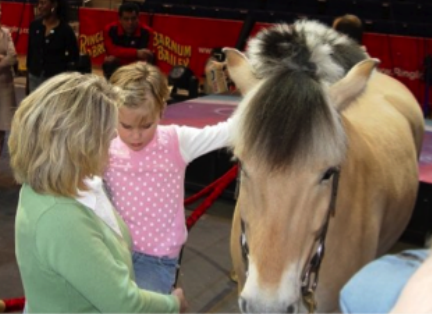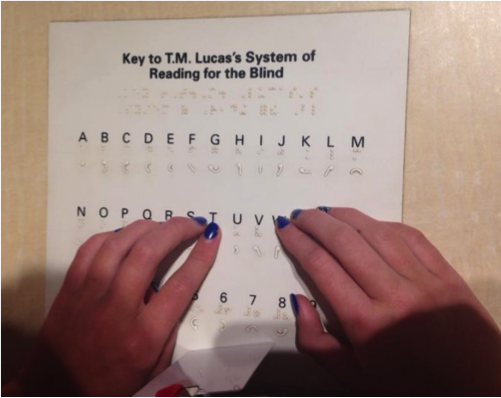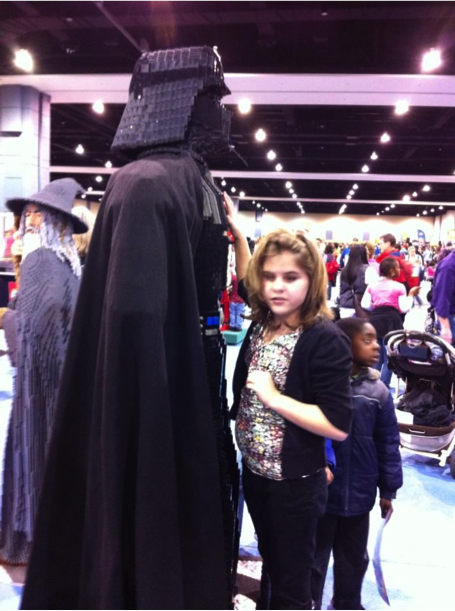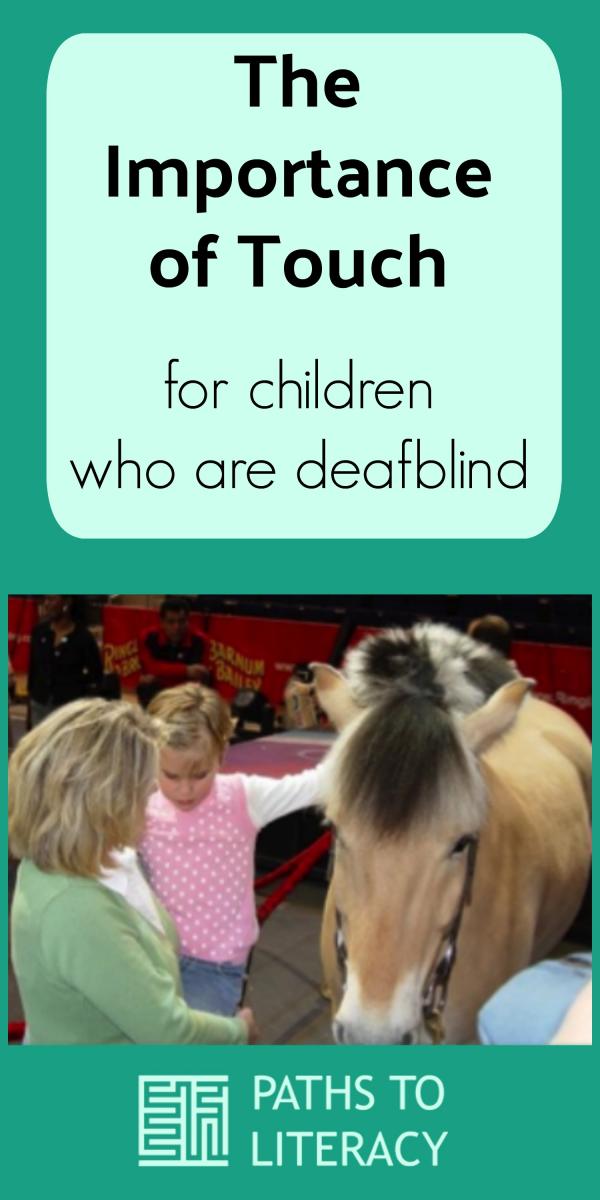The Importance of Touch
 While working as a teacher of the blind and visually impaired, one particular teaching moment has really stayed with me. A six-year-old student of mine was learning how to read braille; she had a nice little braille book in front of her and I was following along in my teacher's edition. As I sometimes do, I was digging around in my bag, looking for a pen. The noise distracted my student and she wanted to know why I wasn't reading along with her, how could I read with my hands in my purse? It dawned on me that she thought I was reading braille with my hands, not my eyes; her understanding was that everybody reads braille with their hands. At this point, I stopped what I was doing and with her hands on mine, I joined her in reading, we read together.
While working as a teacher of the blind and visually impaired, one particular teaching moment has really stayed with me. A six-year-old student of mine was learning how to read braille; she had a nice little braille book in front of her and I was following along in my teacher's edition. As I sometimes do, I was digging around in my bag, looking for a pen. The noise distracted my student and she wanted to know why I wasn't reading along with her, how could I read with my hands in my purse? It dawned on me that she thought I was reading braille with my hands, not my eyes; her understanding was that everybody reads braille with their hands. At this point, I stopped what I was doing and with her hands on mine, I joined her in reading, we read together.

The eye opening moment for me in all this was that a child who's blind won't know you've seen something unless you touch it together. What about individuals with deaf-blindness? How can we make activities and communication accessible to them through touch?
Fast forward a few years and I'm attending a conference on low incidence disabilities. I was so fortunate to be listening to Barbara Miles, author of the article, Talking the Language of the Hands to the Hands and co-author of Remarkable Conversations, talk about touch and I relived more, “eye opening” moments of my teaching career.
How Do We Use Our Hands?
Ask yourself this…how do I use my hands? As a sighted and hearing person, I primarily use my hands as tools to access the things I need and enjoy (opening doors, unwrapping a candy bar). Think of it this way, hands are the eyes, the ears, and the voice for individuals with deaf-blindness.

Start by observing how the child uses his hands. For what function or purpose is he using his hands? Acknowledge that the child's hands are his own by leaving them free to explore, whether it's braille, objects, or tactile communication cards. Start looking at things along with the child; do some parallel gestures, read with the child using hand under hand. Make your hands available to your child confirming that you are “listening” to what he has to say.
Continue finding those opportunities to look and listen with your students and children. Touch can help individuals with deaf-blindness to learn, to communicate, and to connect with the world.
For more information from Barbara Miles, check out the webcast: Reflections on Deafblindness: Hands and Touch.

